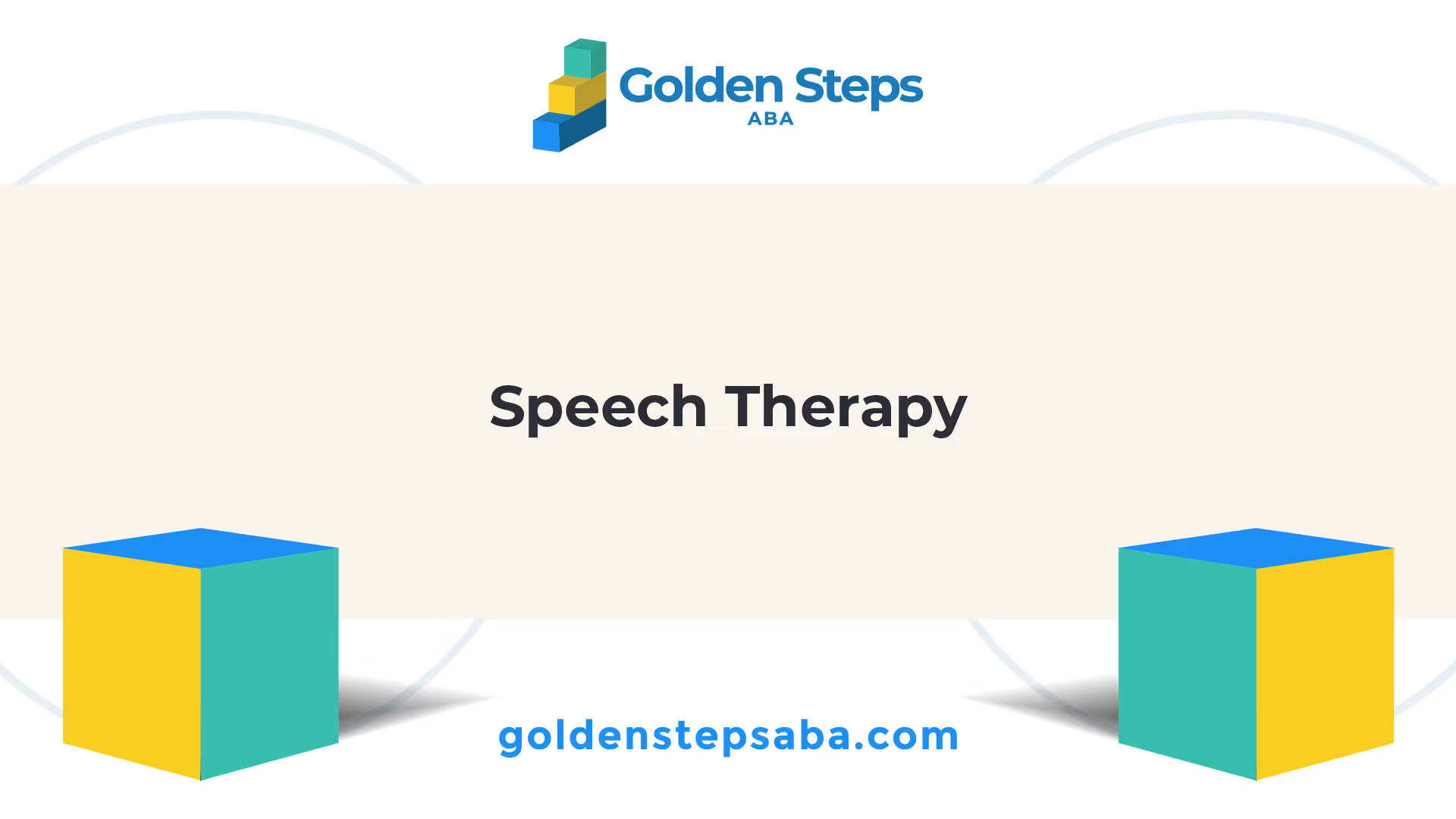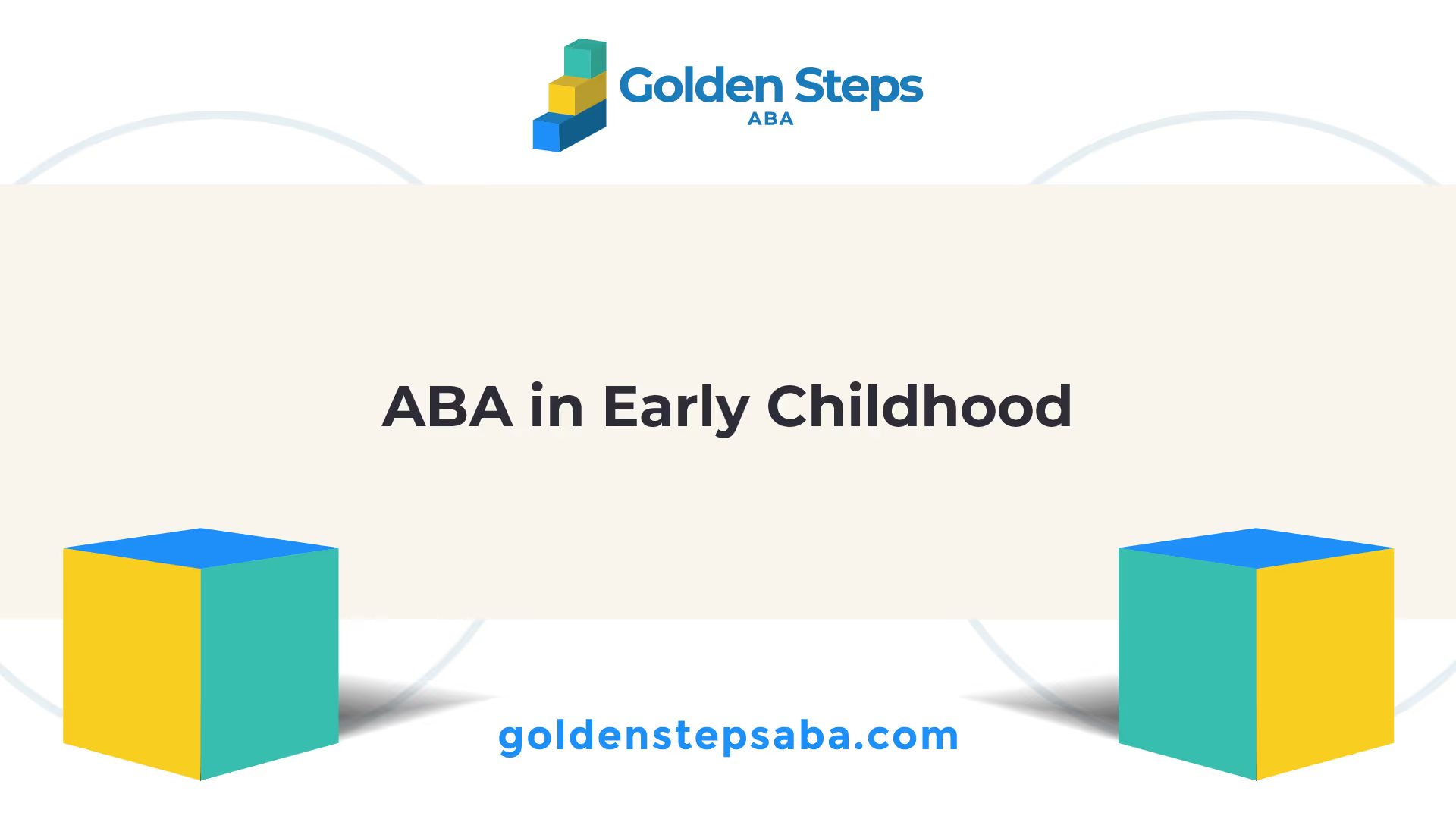Importance of Early Intervention
When it comes to autism spectrum disorder (ASD), early intervention plays a vital role in shaping brighter futures for children. Research has shown that early diagnosis and intervention are more likely to have major long-term positive effects on symptoms and later skills. By accessing early intervention services, children with ASD can experience significant improvements in communication, social skills, and behavior [2].

Benefits of Early Diagnosis
Early diagnosis of autism can occur before a child reaches 2 years of age, allowing for prompt intervention. Identifying ASD at the earliest age possible is crucial. Early diagnosis enables families to seek appropriate support and resources, leading to better learning and progress opportunities [1]. By recognizing and addressing the signs of autism early on, children can receive the necessary interventions that target their specific needs.
Long-Term Positive Effects
Early interventions for autism occur at or before preschool age, often starting as early as 2 or 3 years old. This takes advantage of the brain's plasticity during this period, making treatments more effective in the long term. Research indicates that accessing early intervention for autism is more likely to result in positive outcomes compared to starting intervention later in childhood or adulthood.
With early intervention, some children with autism make significant progress to the extent that they are no longer on the autism spectrum as they grow older, highlighting the transformative impact of early interventions on children's development [1]. Children who receive early intervention are more likely to experience positive outcomes during childhood, adolescence, and adulthood. In fact, some children may demonstrate significant improvements in their autism symptoms and behavioral issues by middle to late childhood.
Early intervention not only supports children with autism but also provides opportunities for families to learn effective strategies and techniques to support their child's development. By starting interventions as early as possible, families can work together with professionals to maximize a child's potential and improve their overall quality of life.
As we explore early intervention services further, we will delve into specific therapies and interventions such as speech therapy, occupational therapy, and applied behavior analysis (ABA). These interventions, along with behavioral interventions and the use of technology, collectively contribute to the comprehensive approach of early intervention for autism.
Early Intervention Services
Early intervention services play a crucial role in supporting children with autism spectrum disorder (ASD) and helping them reach their full potential. These services encompass a range of therapies and interventions tailored to address the unique needs of children with autism. Three common early intervention services for autism are speech therapy, occupational therapy, and Applied Behavior Analysis (ABA).

Speech Therapy
Speech therapy is a fundamental component of early intervention for autism, focusing on improving communication skills in individuals with ASD. This therapy targets various aspects of communication, including speech articulation, vocal quality, language comprehension, and expressive language. Speech therapists use a variety of techniques and strategies to support language development and enhance communication abilities.
Visual supports, such as pictures and visual schedules, are often utilized to aid in understanding and following routines. Augmentative and Alternative Communication (AAC) Systems, such as sign language or communication boards, may also be introduced to facilitate communication for individuals who struggle with verbal speech. Additionally, social communication training helps individuals with autism develop appropriate social skills and improve their ability to engage in social interactions.
Occupational Therapy
Occupational therapy (OT) plays a vital role in early intervention for autism by addressing the sensory, motor, and social needs of children with ASD. The goal of occupational therapy is to help individuals with autism develop the skills necessary for daily activities, play, school tasks, and social interactions.
OT focuses on sensory integration therapy, which helps individuals with autism process and respond appropriately to sensory input. This may involve activities that stimulate or calm the sensory system to improve regulation. Occupational therapists also work on developing motor coordination skills, fine motor skills, and self-care abilities. Social skills training is another important aspect of occupational therapy, aiming to enhance social interaction, communication, and participation in social settings.
Applied Behavior Analysis (ABA)
Applied Behavior Analysis (ABA) is a widely recognized and evidence-based approach for early intervention in autism. ABA utilizes principles of behavior analysis to teach and reinforce positive behaviors while reducing challenging behaviors. It is the most common behavioral therapy for autism and forms the foundation for many interventions delivered during early childhood.
ABA therapy is highly individualized and focuses on teaching a wide range of skills, including communication, social skills, self-care, and academic skills. It involves breaking down desired behaviors into smaller, manageable steps and using positive reinforcement to encourage progress. ABA sessions are typically intensive and can range from 20 to 40 hours per week for young children with autism. These sessions may continue for several years, gradually becoming shorter and less frequent as the child progresses.
By providing structured and evidence-based interventions, speech therapy, occupational therapy, and ABA contribute to the overall development and well-being of children with autism. These early intervention services can make a significant difference in the lives of individuals with autism, helping them acquire essential skills and improve their overall quality of life.

ABA in Early Childhood
Applied Behavioral Analysis (ABA) is a widely recognized and effective behavioral therapy for children with autism. It plays a crucial role in early intervention programs, providing structured and individualized interventions to young children on the autism spectrum. In this section, we will explore two important aspects of ABA in early childhood: treatment duration and the effectiveness of ABA.
Treatment Duration
Children participating in ABA-based early intervention typically receive therapy for up to 40 hours per week, emphasizing the importance of intensive intervention. The duration of these therapies can vary depending on the child's individual needs and progress. As children grow older, the frequency and duration of therapy sessions may gradually decrease, with sessions becoming shorter and less frequent around the age of 5.
Early Intensive Behavioral Intervention (EIBI) is a specialized form of ABA designed for children under the age of five. This approach involves highly structured and intensive therapy, often consisting of 20 to 40 hours of one-on-one interaction between the child and the therapist each week [6]. The duration of EIBI may vary based on the child's progress and individual needs.
Effectiveness of ABA
Numerous studies have demonstrated the positive impact of early intervention for children with autism, with ABA being a key therapeutic approach. Research has shown that early intervention can lead to significant improvements in communication, socialization, and behavior. In fact, early intervention has been linked to an average increase of 17 points in a child's IQ in some cases [4].
The effectiveness of ABA is attributed to its evidence-based techniques, which focus on teaching and reinforcing desired behaviors while reducing challenging ones. ABA therapists, often Board-Certified Behavior Analysts (BCBAs), collaborate closely with families to develop and implement individualized treatment plans tailored to the unique needs of each child. By breaking down skills into smaller, achievable steps, ABA helps children acquire new skills and reach their full potential.
Early intervention programs that incorporate ABA have been shown to have long-term positive effects on symptoms and later skills in children with autism [1]. The structured and systematic nature of ABA therapy provides children with the necessary tools to navigate social situations, develop communication skills, and improve overall adaptive behavior.
In conclusion, ABA plays a vital role in early childhood intervention for children with autism. The intensive and individualized nature of ABA therapy, along with its evidence-based techniques, contributes to the positive outcomes experienced by many children with autism. By providing early intervention through ABA, we can shape brighter futures for children on the autism spectrum.
State Early Intervention Programs
When it comes to early intervention for children with autism, each state in the U.S. has its own program known as Part C Programs, as specified by Part C of Public Law 108-77: Individuals with Disabilities Education Improvement Act (2004). These programs offer crucial support and services to children from birth to age 2 years who are diagnosed with developmental delays or disabilities, including Autism Spectrum Disorder (ASD).
Part C Programs
Part C Programs are designed to provide comprehensive early intervention services to eligible children and their families. These services focus on addressing developmental delays and promoting the child's growth and development in various areas, including communication, social skills, cognitive skills, and motor skills.
The specific services provided under Part C Programs may vary from state to state but commonly include:
- Early identification and assessment of developmental delays or disabilities
- Individualized Family Service Plan (IFSP) development and implementation
- Speech therapy to enhance communication skills
- Occupational therapy to improve motor skills and sensory processing
- Physical therapy to address physical development and coordination issues
- Special instruction tailored to meet the child's unique needs
- Family training and support to help parents and caregivers promote their child's development
Part C Programs play a crucial role in ensuring that children with autism receive early intervention services that are essential for their long-term development and well-being. These programs aim to equip families with the resources, knowledge, and support needed to help their child reach their full potential.

Individualized Services
One of the key aspects of state early intervention programs is the provision of individualized services. Each child with autism has unique strengths, challenges, and needs. Therefore, individualized services are tailored to address the specific requirements of each child.
The individualized services offered under state early intervention programs may include a combination of therapies and interventions, such as:
- Applied Behavior Analysis (ABA): ABA therapy is a widely recognized and evidence-based approach that focuses on teaching new skills and reducing challenging behaviors through positive reinforcement and behavior modification techniques. ABA therapy is highly effective for children with autism and is often a core component of early intervention programs [6].
- Speech Therapy: Speech therapy aims to improve communication skills, including speech articulation, language comprehension, and social communication. It helps children with autism develop functional communication abilities and overcome speech and language challenges.
- Occupational Therapy: Occupational therapy focuses on developing fine motor skills, sensory integration, and daily living skills. It helps children with autism enhance their ability to engage in everyday activities and promotes independence.
The specific combination of individualized services provided under state early intervention programs may vary depending on the child's needs and the resources available in each state. These services are typically delivered by qualified professionals, including Board Certified Behavior Analysts (BCBAs), speech therapists, occupational therapists, and other experienced professionals in the field of autism therapy for children.
By participating in state early intervention programs and accessing individualized services, children with autism and their families can receive the support and resources necessary to promote their development and lay the foundation for brighter futures.
Behavioral Interventions
When it comes to early intervention for autism, behavioral interventions play a critical role in supporting children with Autism Spectrum Disorder (ASD) and their families. Two types of behavioral interventions that have shown promise in improving social-communication skills and reducing challenging behaviors are caregiver-mediated interventions and naturalistic developmental behavioral interventions.
Caregiver-Mediated Interventions
Caregiver-mediated interventions focus on teaching parents and caregivers how to target core features of ASD, such as social interaction and communication skills. These interventions have shown effectiveness in improving caregivers' skills in intervention implementation, resulting in improvements in child social behaviors, including social engagement, communication skills, and reciprocal social interactions.
By equipping caregivers with the necessary knowledge and tools, caregiver-mediated interventions empower them to actively participate in their child's intervention. This involvement fosters a supportive environment where intervention strategies can be consistently applied, both within structured activities and during daily routines. Caregivers learn techniques to promote social interaction, enhance communication skills, and address challenging behaviors. The focus is on building a strong foundation for the child's development and improving their overall quality of life.
Naturalistic Developmental Behavioral Interventions
Naturalistic developmental behavioral interventions (NDBIs) are another approach to early intervention for autism. These interventions aim to support social-communication skills in infants and children with ASD. Examples of NDBIs include Pivotal Response Treatment, the Early Start Denver Model, Early Social Interaction, JASPER, and ImPACT. Caregiver involvement is crucial, especially in the infant and toddler period when play and daily routines are frequently mediated through caregivers [7].
NDBIs are designed to be implemented in naturalistic settings, such as the child's home or community. They incorporate play-based activities and capitalize on the child's interests and motivations. By following the child's lead and using natural opportunities for learning, NDBIs create a supportive environment for the child's social-communication development. Caregivers play an active role in implementing the strategies and fostering the child's engagement, communication, and social interaction skills.
Integrating these behavioral interventions into early intervention programs can have a significant impact on the long-term outcomes for children with autism. By targeting social-communication skills, reducing challenging behaviors, and promoting caregiver involvement, these interventions pave the way for brighter futures for children with ASD.
To learn more about early intervention methods, including speech therapy and occupational therapy, continue reading our comprehensive guide on early intervention services.

Technology in Early Interventions
In recent years, technology has played a significant role in enhancing early interventions for autism. Telehealth applications and online training programs have emerged as valuable tools to increase access to interventions, improve flexibility, and support families in addressing the unique needs of children with autism spectrum disorder (ASD).
Telehealth Applications
Telehealth applications have proven to be effective in delivering early intervention services for children with autism, providing a flexible and accessible option for families. Through telehealth, families can connect with qualified professionals remotely, eliminating the need for travel and reducing associated costs. This is particularly beneficial for families residing in remote or underserved areas, who may face challenges in accessing necessary support.
Research supports the use of telehealth as a viable alternative to in-person therapy, demonstrating that it can be as effective in providing early intervention services for children with autism. By leveraging telehealth applications, families can receive guidance and support from professionals, engage in therapy sessions, and address challenging behaviors and social communication differences in the comfort of their own homes.
Online Training Programs
Online training programs have become increasingly popular in empowering parents and caregivers to implement interventions for children with autism. These programs provide valuable resources, educational materials, and guidance to enhance their ability to support and engage with their child's development.
By participating in online training programs, parents and caregivers gain knowledge about applied behavior analysis (ABA) techniques, autism communication skills, and social skills training for autism. This enhanced understanding allows them to effectively implement strategies and interventions within the home environment, leading to improved outcomes in social communication and behavior for their child.
The convenience and accessibility of online training programs make them an invaluable resource for families seeking to actively participate in their child's early intervention journey. These programs can be accessed at any time, allowing parents and caregivers to learn and implement strategies at their own pace.
By embracing technology and utilizing telehealth applications and online training programs, families can enhance their access to early intervention services, overcome geographical barriers, and receive the necessary support to promote the development and well-being of children with autism.

